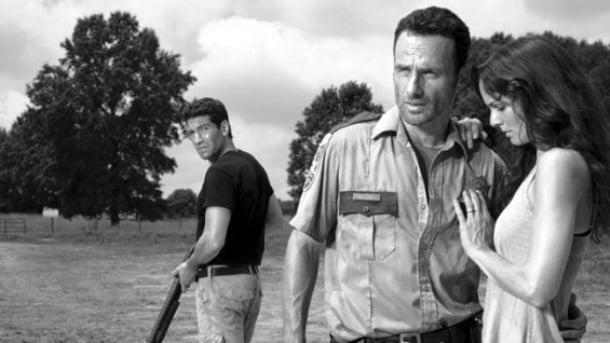
Color and film has had a long and interesting history. Silent cinema died almost an immediate death with the advent of sound. It’s not hard to understand why as, although there were numerous fantastic works during the silent era, the lack of sound was always a necessity instead of an artistic choice. There are historically few forms of live entertainment in which the lack of spoken word is done artistically, with ballet and miming perhaps two well-known exceptions. Once pictures could talk that’s all anybody wanted.
Color however did not take the world of cinema and television by storm like sound did. Most people believe in the false fact that The Wizard of Oz was the first film ever in color. The truth though is that color photography, amazingly, existed almost simultaneously with the birth of film itself. The Lumière brothers, credited with creating the first moving camera in 1895, were also pioneers of color photography and patented a process in 1903 known as “Autochrome Lumière”. Several of the films by Georges Méliès were hand inked in color and have survived today. But it wasn’t until the innovations of Technicolor in the 30’s that color and film truly began to merge. Numerous studios had patents on color filming, all of which were relatively expensive. This is arguably the biggest reason for the dual decades of B&W and color film in the 40’s, 50’s and 60’s. Most films of the era where in black and white but the more lavished and expensive productions could be found in color. By the late 60’s advancement in color technology had improved and resulted in less expensive technics that by the end of the 70’s few films, if any, where being released in black and white.
Despite color’s ultimate victory, black and white has still crept into film and television from time to time. Used either as a stylish choice for films like Sin City; creative historical atmosphere in The Artist; or simply because you’re allowed to kill more people as long as you don’t show red blood in Kill Bill: Vol 1; black and white has managed to survive as a credible artistic choice throughout its many inert years. The reasoning is because black and white provides many things that color simply cannot. Film-Noir fans know full well how a black and white image illustrates greater emphasis on lighting and shadows. Take for example one of cinema’s most famous still images from the film Casablanca. 
The depressed and gloomy state of Bogart’s character is emphasized through the shadows in the image, something that just cannot be conveyed as effectively in color. Personally I feel that this is why many older films still manage to resonate today. They are more than a nostalgic look back at yesteryear but an exploration into a film style rarely seen in today’s high def color image dominated world. It’s not a surprise that most of the films which have been regarded to have “not aged well” were in color, Around the World in 80 Days, The Greatest Show on Earth, The Towering Inferno, etc.
This brings us back to The Walking Dead. The show resides in a depressed and gloomy zombie apocalypse world that is naturally enhanced through the absence of color. Aesthetically black and white has the ability to feel less realistic than color. It helps to paint an expression of imagery where color is utilized to depict it more accurately. The Walking Dead, as it is, works far better if depicted in a blurred and more romanticized way that black and white helps to accent. Last Thursdays rebroadcast of episode four “Vatos” begins with an exchange between Andrea and her sister on a lake. Because of the color and distracting image of the lake and mountains it is not a scene that has a lasting effect on the audience. However in B&W there is less distraction and more focus on the characters and their conversation. Their reminiscing discussion of things before the recent apocalypse, resonated in a way it previously did not and stands as one of the more lasting upgrades the episode gets when displayed in a monochrome fashion.
Another big way that black and white aids in the viewing experience of The Walking Dead is its ability to mask some of its flaws. For an example compare these two images from the film House on Haunted Hill.
It’s not even debatable as to which one works and which does not. The color image looks cartoonishly unrealistic while the black and white image is at least passable. In the dreamy realm of black and white, scenes that feel unauthentic in color are easier to take in when displayed in an atmosphere absent of it. The much maligned scene of Rick hallucinating his dead wife at the end of “The Suicide King” would have worked better in black and white. The clear and vibrant image of Lori and Rick’s comical wailing made the scene feel disingenuous. With a more gray and shadowy pastel the scene would have, at least, been less reviled if it still failed to completely work thematically.
Perhaps The Walking Dead really is better in black and white, as I’ve concluded, or maybe the first five episodes really are just that much better than the ones that succeed them. Time will tell but for now more people should try to catch this alternate take on AMC’s successful series. It’s rare that audiences are allowed a side by side comparison of color vs. black and white like this.
For more black and white vs. color comparisons check out this video of Raiders of the Lost Ark (often considered one of the premiere films that are enhanced without color)
[vsw id=”36143293″ source=”vimeo” width=”500″ height=”300″ autoplay=”no”]




